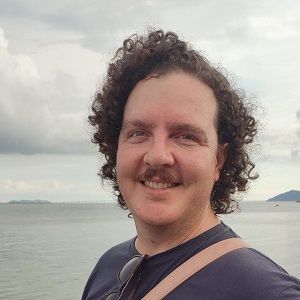Busan: Multi-day Trips and Tours from Seoul
Busan is South Korea’s favorite playground and the city presents an endless array of possibilities — from rolling mountains and escapes into nature to pristine beaches and revitalizing hot springs.
In fact, there’s so much on offer in this haven for holidaymakers that visitors should strongly consider a multiple-day trip to Busan from Seoul. These longer tours offer travelers the opportunity to explore the fascinating sites between Seoul and Busan, leaving you with a more complete experience of Korea.
Busan is South Korea’s favorite playground and the city presents an endless array of possibilities — from rolling mountains and escapes into nature to pristine beaches and revitalizing hot springs.
In fact, there’s so much on offer in this haven for holidaymakers that visitors should strongly consider a multiple-day trip to Busan from Seoul. These longer tours offer travelers the opportunity to explore the fascinating sites between Seoul and Busan, leaving you with a more complete experience of Korea.
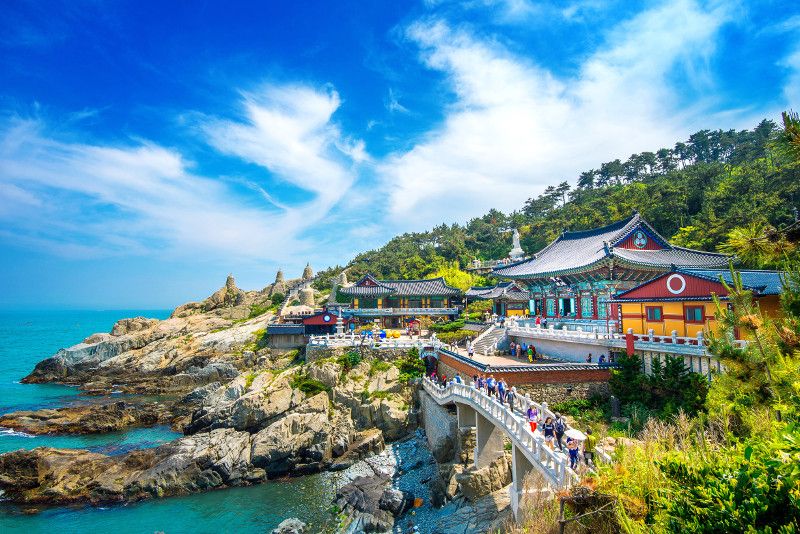
(0/24) checking Musement...
Busan is South Korea’s favorite playground and the city presents an endless array of possibilities — from rolling mountains and escapes into nature to pristine beaches and revitalizing hot springs.
In fact, there’s so much on offer in this haven for holidaymakers that visitors should strongly consider a multiple-day trip to Busan from Seoul. These longer tours offer travelers the opportunity to explore the fascinating sites between Seoul and Busan, leaving you with a more complete experience of Korea.

Here's all you need to know about Busan, one of the most exciting multi-day trips from Seoul.
How do I get to Busan from Seoul?
The resort city of Busan is located on the southeastern shore of the Korean peninsula, on the Sea of Japan.
From Seoul to Busan by car
It’s quite a drive from Seoul to Busan, but it’s by no means impossible and from Seoul head southeast, traveling to Chungju.
From Chungju, take Highway 45 south to Changwon, before heading east on Highway 10 towards Busan. The entire route is around 400 kilometers long and will take just over 4 hours to complete.
From Seoul to Busan by public transport
Traveling by public transport is a very convenient option in South Korea, and traveling from Seoul to Busan is no exception. From the Suseo train station in Seoul, board the SRT service to Busan. The train journey will take 2.5 hours to complete and there will be a train available every 30 minutes.
Guided tour to Busan from Seoul
If you want to explore the massive stretch of land between Seoul and Busan, you should consider a guided multi-day tour. This will allow you to take in much more of the Korean countryside, while also visiting bustling cities in between. All of the logistics will be taken care of for you and your guide will always be present to help you make sense of things.
What is the typical itinerary?
The itinerary of a multiple-day trip from Seoul to Busan will depend on the length of the tour, with longer trips visiting more destinations. The pace of the expedition will also be impacted by the itinerary with faster-paced tours visiting as many locations as possible.
Generally, you’ll set out from Seoul, and you’ll make use of South Korea’s extensive railway network to get around. Your guide will accompany you on the train journeys, pointing out interesting landmarks as you head south. Some of the longer more expensive tours offer the use of a private vehicle, but isn’t all that common in South Korea.
The first stop of your tour will be determined by the number of days you have at your disposal — with 2-day tours traveling to Andong’s Folk Village before journeying on to Busan where you’ll overnight.
Tours that last 3 days generally follow the same route, but you’ll overnight in Gyeongju, before catching the early morning train to Busan — allowing you two days in the sunlit paradise.
Tours lasting between 5 and 7 days usually first head north to the infamous DMZ, before journeying south to Busan. All multi-day tours from Seoul to Busan end back in the capital.
What types of multi-day trips to Busan are available?
Private 2-day Seoul to Busan tour
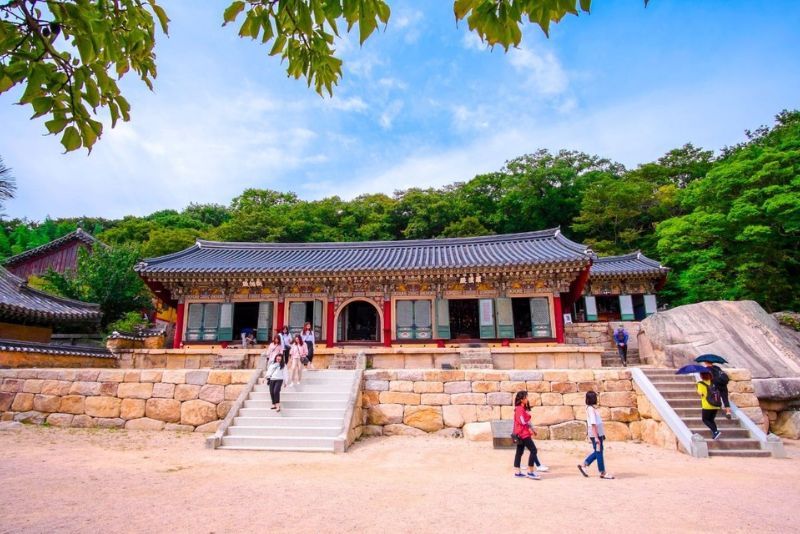
This private multi-day tour makes use of the KTX train system, enabling travelers to explore the region between Seoul and Busan without spending a fortune. The package will provide you the peace of mind that only an experienced group of tour specialists can bring — allowing you to rest easy knowing that all the logistics and nitty-gritty are taken care of.
You’ll also enjoy the company of a qualified guide throughout your travels, further cutting down on costs as you won't have to purchase extra tours. The only things you’ll have to purchase are accommodation in Busan, and your meals during the trip.
3-Day tour from Seoul to Busan and Gyeongju
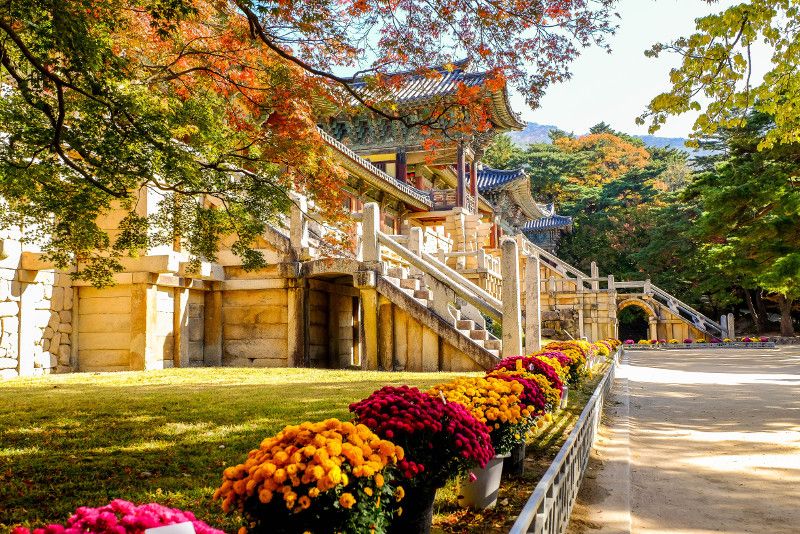
A 3-day tour hits the sweet spot between cost and experience, making it a great way to travel to Busan while exploring South Korea. The tour company will take care of all of your logistical needs, and you’ll benefit from an experienced guide who will accompany you. The tour also includes accommodation in midrange hotels, making meals the only thing you’ll need to cover.
After arriving at the departure point you’ll meet your guide before boarding the train and starting your Korean adventure. The first port of call is Gyeongju, a captivating city and UNESCO World Heritage Site that features stunning palaces and a secretive tomb complex.
Next, you’ll travel to Busan, where you’ll explore all that the city has to offer. Discover exactly how much more there is to Busan than golden beaches and swanky bars before heading back to Seoul by train.
South Korea 5-day tour from Seoul to Busan and Yeosu
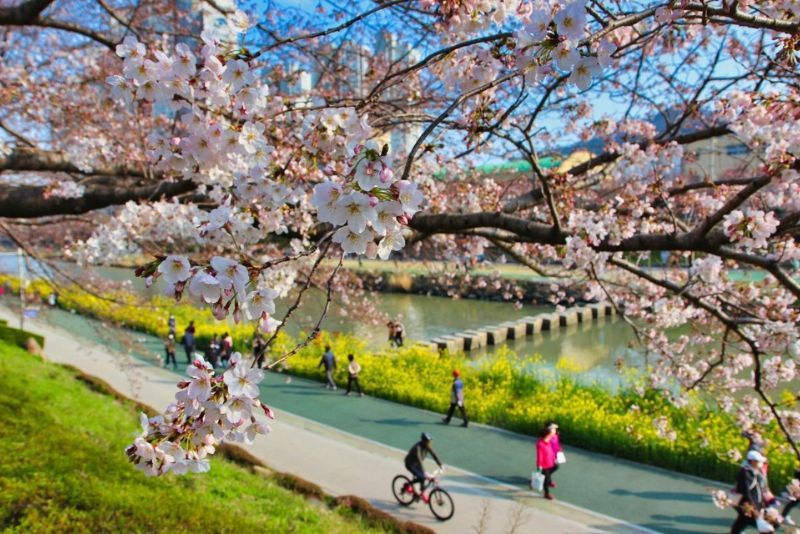
This 5-day Korean odyssey maintains the perfect balance between seeing and experiencing as much as possible, without constantly feeling rushed. Starting off from Seoul Station, the tour incorporates a blend of public and private transport, with your first leg being a train to Jeonju.
Overnight in this fascinating city where the traditions and customs of previous generations are still observed. The next day sees you head all the way south, stopping in the port city of Yeosu where you’ll take in the fresh sea breeze — and learn about the Japanese invasion of 1592 and the feat of the heroic Admiral that protected a nation.
Early the next morning, you’ll take the train to Gyeongju, a city that’s often referred to as a “museum without walls” — due to the sheer number of historical sites. After a day of exploration, you’ll enjoy an air-conditioned van to Busan.
Spend the next day taking in the bustling holiday destination before traveling to another world in another age — Andong Folk Village. Learn more about the traditions and customs of Korea, before heading to Pyeongchang, where you’ll overnight in the host city for the 2018 Winter Olympics. Finally, head back to Seoul, but not before stopping at Mount Seorak, one of the highest mountains on the peninsula.
How much do multi-day trips to Busan from Seoul cost?
Private 2-day tours to Busan cost US$740 per person, but you’ll be the only people on the trip. You still have to pay for accommodation and meals in Busan, so keep that in mind.
Prices for 3-day tours from Seoul to Busan and Gyeongju are about US$1100 per person, which includes accommodation and travel — and your party will be the only participants.
South Korean 5-day tours from Seoul to Busan and Yeosu cost US$ 1200 per person, including accommodation and transport. This is unbelievable value for money, however, you’ll be part of a group with up to 15 people joining.
What will you see and do?

Busan
Located on Korea’s southeastern shore, Busan is a vibrant city offering everything from delicious street food tours to rich cultural experiences. Devour deep-fried goodies, soak up the sun or party the night away, the choice is up to you.
Andong
The Andong folk village is a UNESCO Heritage site that offers visitors and extraordinary glimpse into Korean history. Don’t forget to visit the Mask Museum for some unforgettable selfies!
Gyeongju
Gyeongju is packed to the rafters with historical sites and imposing palaces, ancient temples and even an eerie burial mound can be found here. Be sure to book a couple of days in this historic city to explore it all.
When is the best time to visit Busan?
The best time to visit Busan is during spring (April to June) or autumn (September to November). These seasons offer mild temperatures and minimal rainfall, ideal for exploring the city and its beaches. Spring brings cherry blossoms, while autumn dazzles with colorful foliage. Summers can be hot and humid, and winters are cold.
It is best to avoid the monsoon season, which runs from July to early August, due to the heavy rains and potential typhoons.
Travel tips
- Don't miss trying local specialties like sashimi at Jagalchi Market, Busan-style pork soup, and seafood pancakes. Street food in Busan is also a must-try.
- Be respectful when visiting temples or cultural sites; dress modestly and follow any posted guidelines.
- Experience Busan's vibrant nightlife. The areas around Seomyeon, Gwangalli Beach, and Haeundae are popular for their bars and clubs.
- Check if your visit coincides with local festivals. The Busan International Film Festival in October and the Haeundae Sand Festival in June are notable events.
